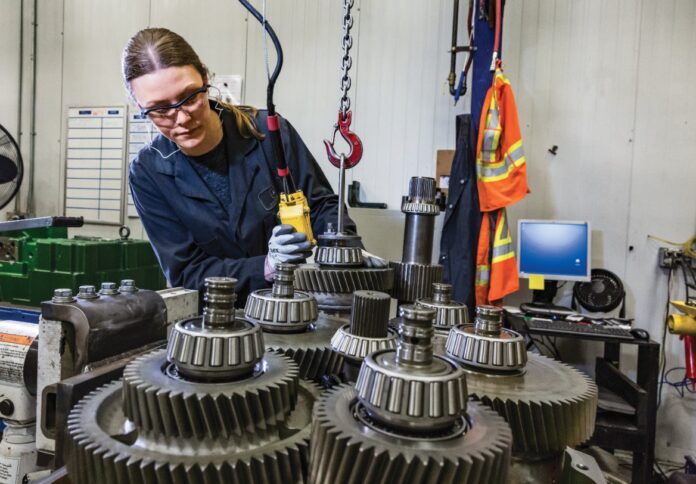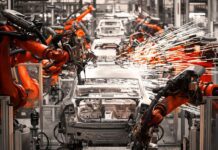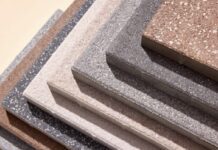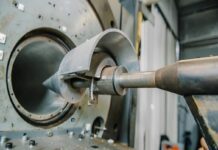
Emma Ford, Director of Aftermarket and Customer Support, John Deere Australia and New Zealand
By 2030, there will be nine billion people on earth who will need to be fed, clothed and housed.
At John Deere, we believe we have a critical role to play in helping achieve this in the most sustainable way.
Today is Global Reman Day – an initiative of the Remanufacturing Industries Council to help advance the remanufacturing industry. It’s a great opportunity to reflect on how remanufacturing creates positive environmental impacts across various industries from agriculture to aviation to medical equipment.
We are very focused on supporting our customers to do ‘more with less’ by providing solutions like remanufactured parts that reduce environmental impacts and input expenses – both of which are important markers of a sustainable industry that can rise to meet the needs of the future.
For example, not needing to make a new engine or axle from scratch means natural resources are preserved, melting furnaces aren’t fired up, and carbon footprints are smaller.
Nearly 12.5 million kilograms of material was recycled through John Deere Reman in 2022, and our remanufacturing is on track to grow 50 per cent by 2030 in line with the company’s Sustainability Strategy, outlined in the 2022 Sustainability Report.
As input costs and the global population continue to rise, Reman is about much more than just replacing an engine.
But how does ‘remanufacturing’ relate to other terms like refurbishing, reconditioning and rebuilding?
The definition of ‘Reman’ can be unclear, so we’re using this Reman Day to clarify exactly what it means at John Deere, how it works, and how it can benefit customers and the environment.
‘Remanufactured’ is not the same as ‘rebuilt’ or ‘repaired’. A rebuilt part is disassembled only to the point of failure and rebuilt using the same, new or aftermarket part. When a component is repaired, only the defective parts are examined and replaced.
The remanufacturing process is much more involved. It’s not just about restoring functionality, but returning previously used, worn, or damaged parts back to like-new condition.
We completely disassemble the product, thoroughly clean and inspect each part for wear or damage, replace where necessary and reassemble using the same processes we use to produce new components.
Here’s how it works.
A ‘core’ is a used or worn-out part that is returned to a John Deere core collection facility. There, it is completely disassembled and thoroughly cleaned by either a bake or chemical cleaning process.
All parts are dimensionally verified against the latest John Deere parts specifications, and any part not meeting original factory specifications is either recycled or brought back to specification. All wear-type parts such as pistons, liners, bushings, bearings, gaskets and O-rings are replaced 100 per cent of the time with new John Deere parts.
The product is assembled by highly-trained technicians to exact John Deere criteria. Finally, each product must pass a thorough inspection and testing process to ensure it meets or exceeds John Deere specifications, meaning it can be offered with a full warranty.
Unlike any other remanufactured products you might find on the market, John Deere Reman only uses parts that are completely aligned with John Deere design and dimensions. In other words, we don’t use any aftermarket or “might-fit” parts.
On top of engines and engine components, John Deere dealers offer Reman parts including transmissions, fuel injection systems, electrical components, hydraulics and generators.
As well as offering customers the option of like-new parts for 30 to 40 per cent less than the cost of brand new parts, remanufacturing is also an integral part of our mission to help farmers sustainably support and feed communities as the global population grows.




















